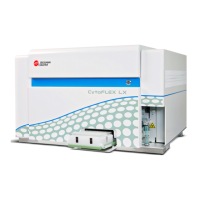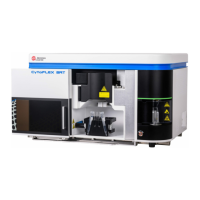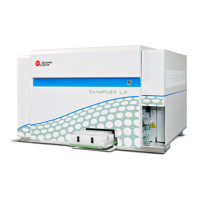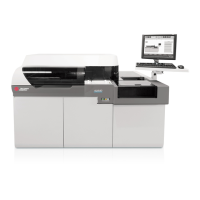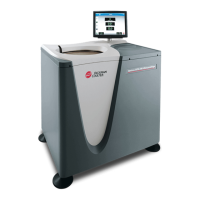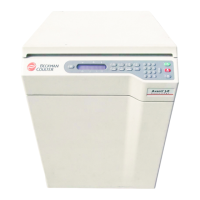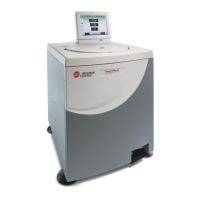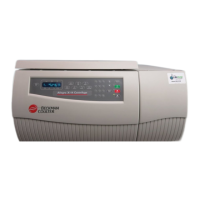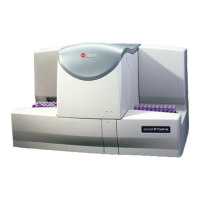
Do you have a question about the Beckman Coulter COULTER ACT 5diff and is the answer not in the manual?
| Brand | Beckman Coulter |
|---|---|
| Model | COULTER ACT 5diff |
| Category | Laboratory Equipment |
| Language | English |
Alerts users to warnings, cautions, and important notes regarding instrument operation and safety.
Describes safety symbols and their meanings to alert users to dangerous conditions.
Explains how to log in/out, navigate menus, and use software features.
Identifies Analyzer hardware, modes, tube holders, and sample processing path.
Explains the startup procedure, cycle, results, and handling errors.
Covers initiating, frequency, and minimum rinse time for shutdown.
Details the correct procedure for powering down the AC•T 5diff AL system.
Explains powering up the system after shutdown or power down.
Describes setup options for auto-numbering, default panel, worklist, logs, RUO, etc.
Details options for shifts, QA settings, XB/XM, IQAP, and CV limits.
Explains options for automatic reruns, printing, and transmitting patient results.
Covers local settings, host communications, printer, and cycle options.
Guides on setting up and modifying control files for analyzing control material.
Explains requirements, procedures, and recognition of out-of-limit results.
Guides on interpreting control data, statistics, and troubleshooting problems.
Details the purpose, use of RBC indices, and setup procedures for XB/XM analysis.
Guides on interpreting XB/XM data, graphs, and identifying out-of-control batches.
Explains the purpose, need, and verification of instrument calibration.
Guides on performing auto-calibration and accessing the calibration log.
Demonstrates loading cassettes, preferred methods, and running samples.
Explains circumstances for Manual mode, tube holder use, and running samples.
Guides on recognizing problems, logical approaches, and using instrument subsystems.
Covers accessing alarms/errors log, system message tables, diagnostics, and troubleshooting guides.


